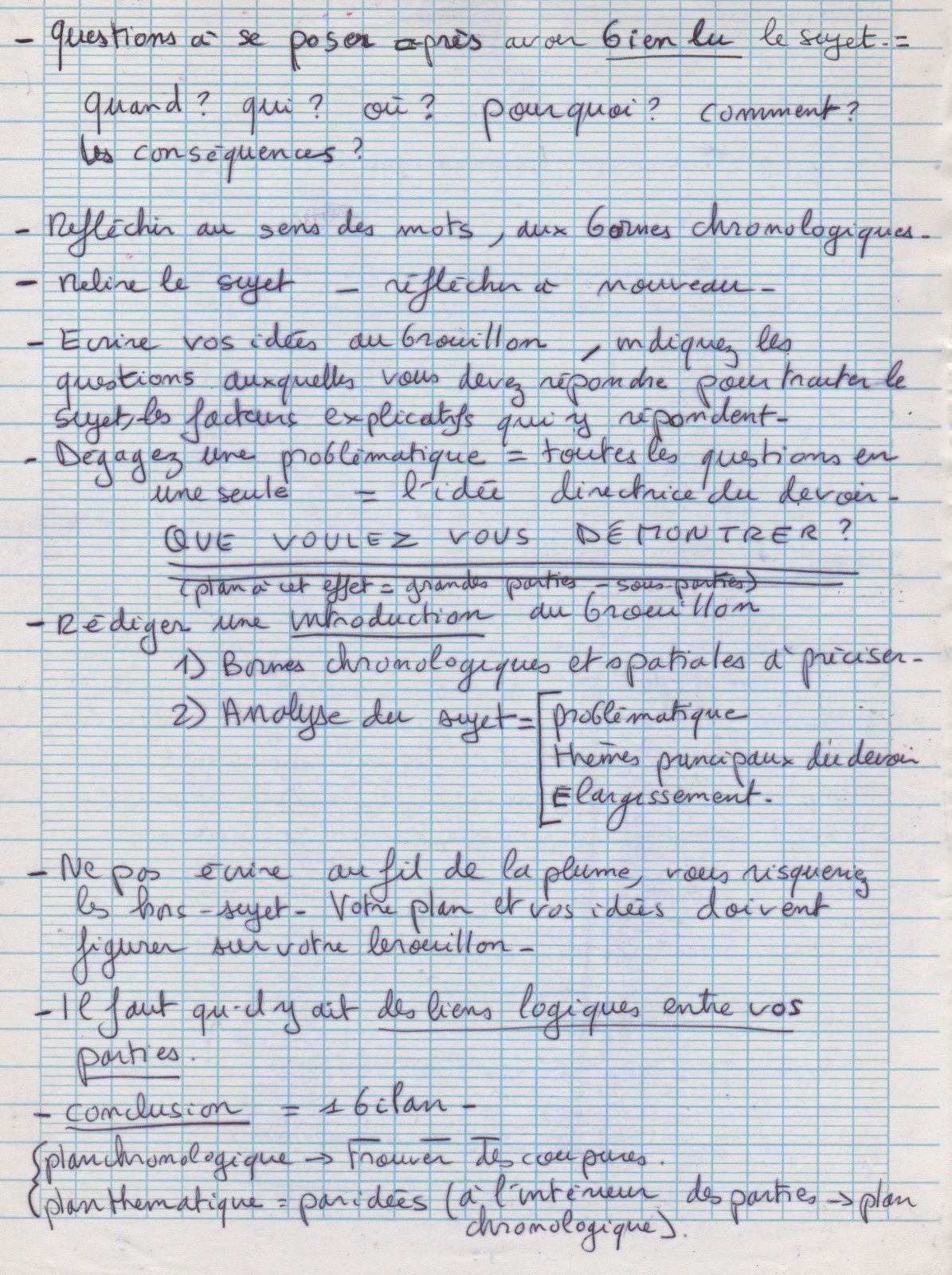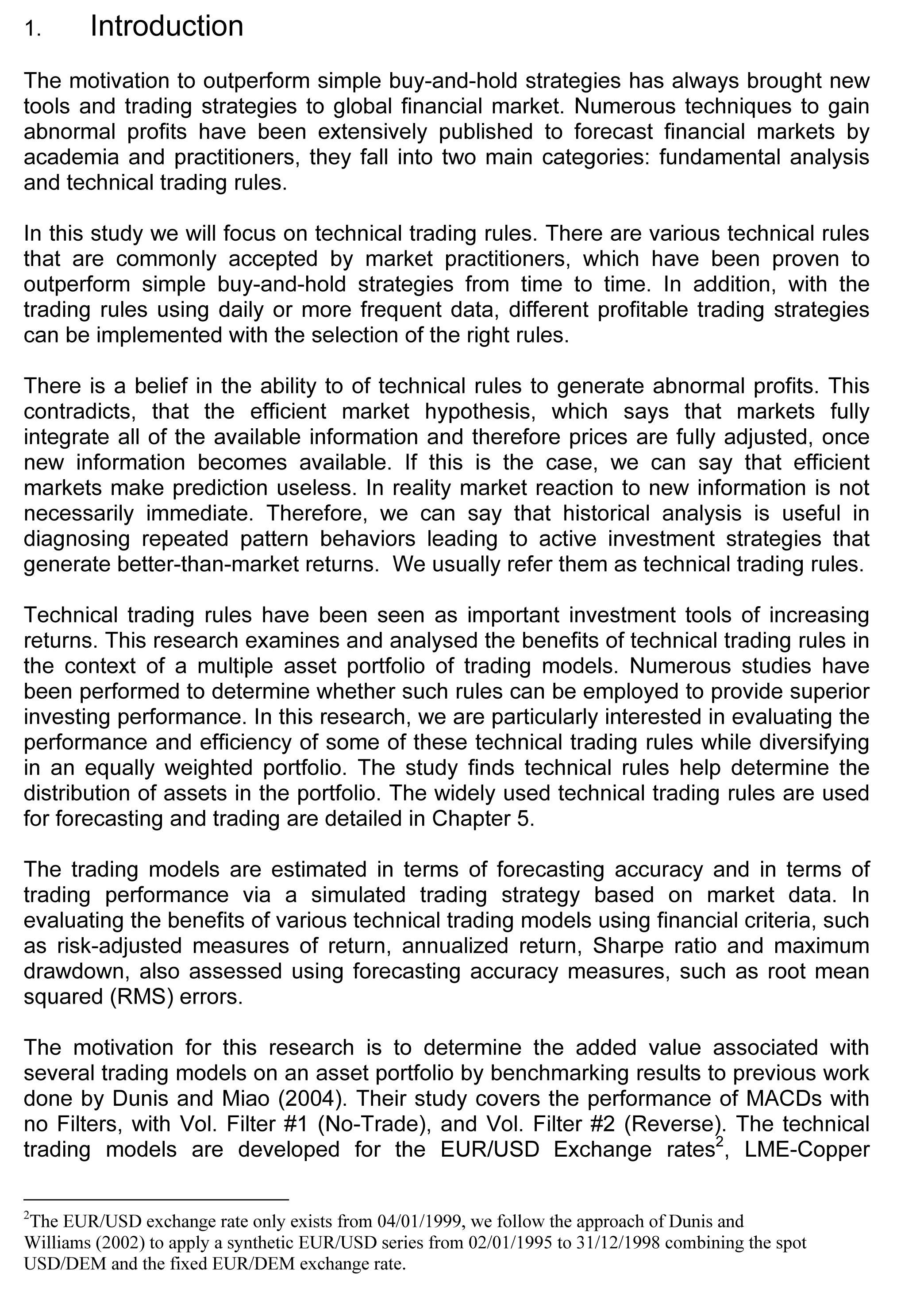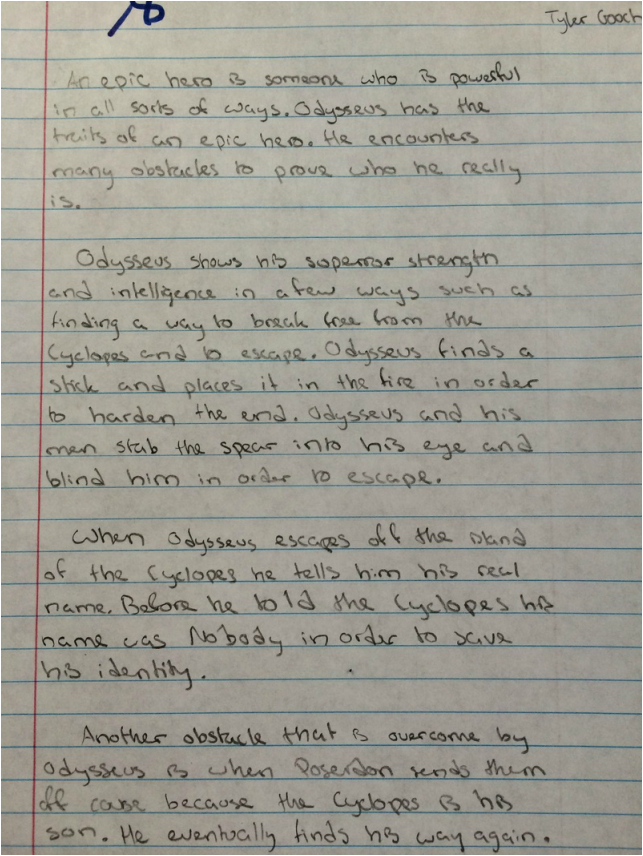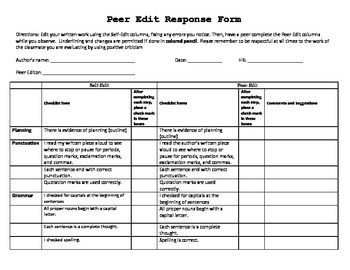Sponge spicules as blueprints for the biofabrication of.
Interaction with light. Research on the Euplectella aspergillum (Venus' Flower Basket) demonstrated that the spicules of certain deep-sea sponges have similar traits to Optical fibre.In addition to being able to trap and transport light, these spicules have a number of advantages over commercial fibre optic wire.The demo sponges are the most diverse of the three groups of sponges. Members of this group are ancient creatures that first arose during the Precambrian. Glass sponges (Hexactinellida): There are about 3,000 species of glass sponges alive today. Glass sponges have a skeleton that is constructed from siliceous spicules.Canal System in Sponges (Porifera) All the activities of their body of the sponges depend on the current of water entering through ostia and passing out through osculum or oscula. Inside the body, water current flows through system of spaces which collectively constitute the canal system. The entire physiological activities of the animal depend.
The wave-like motion of the whip-like flagella drives water through the sponge's body. All sponges have ostia, channels leading to the interior through the mesohyl, and in most sponges these are controlled by tube-like porocytes that form closable inlet valves.Class 3: Demospongiae:-They are mostly marine and few are fresh water forms. They are solitary or colonial. The skeleton is made up of siliceous spicules or massive or variable body shape. Spongynfibres or both are absent in some sponges. In oscarella spicules are absent. They are the dominant group of porifera. E.g. Euspongia, Songilla etc.
Class of Porifera that is small, has three rayed spicules, all body types (ascon, sycon, leucon), no spongin, calcareous spicules Hexactinellida deep sea sponges with six point silcon spicules- glass sponges.











